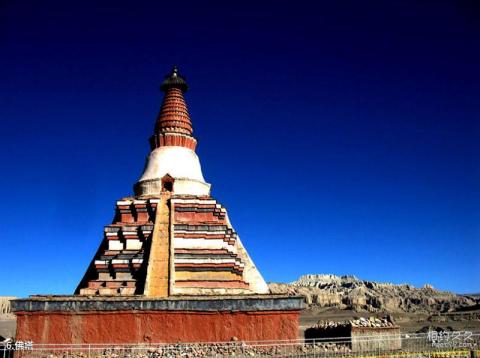
Introduction to the pagoda: The first person to investigate the ruins of this ancient city was the Englishman McHuosh Young. In 1912, he traveled upstream from India along the Xiangquan River and came here for inspection. Since then, explorers, travelers, photographers and artists have continuously come to explore the wonders and wonders of the place. But the real scientific investigation began with the expedition team organized by the Tibet Autonomous Region Cultural Management Committee in 1985. According to their on-site measurements, the total area of the site is approximately 720,000 square meters, with 445 registered house ruins, 879 cave dwellings, 58 bunkers, 4 secret passages, 28 pagodas of various types, and 1 cave burials: a weapons arsenal was discovered. There are 1 stone pot storehouse, 11 large and small granaries, 4 Buddhist caves, 1 wall burial, and 1 wooden coffin burial.
